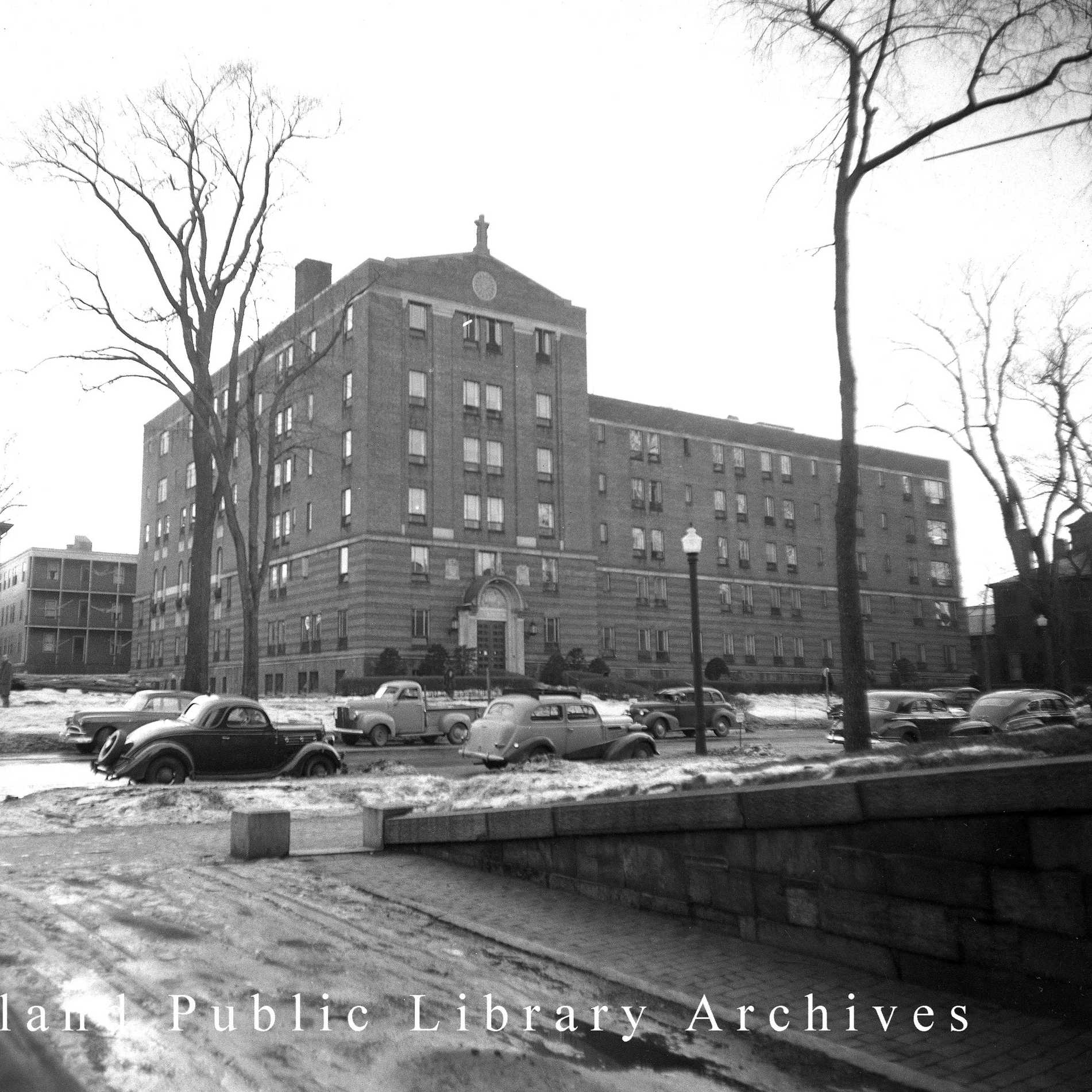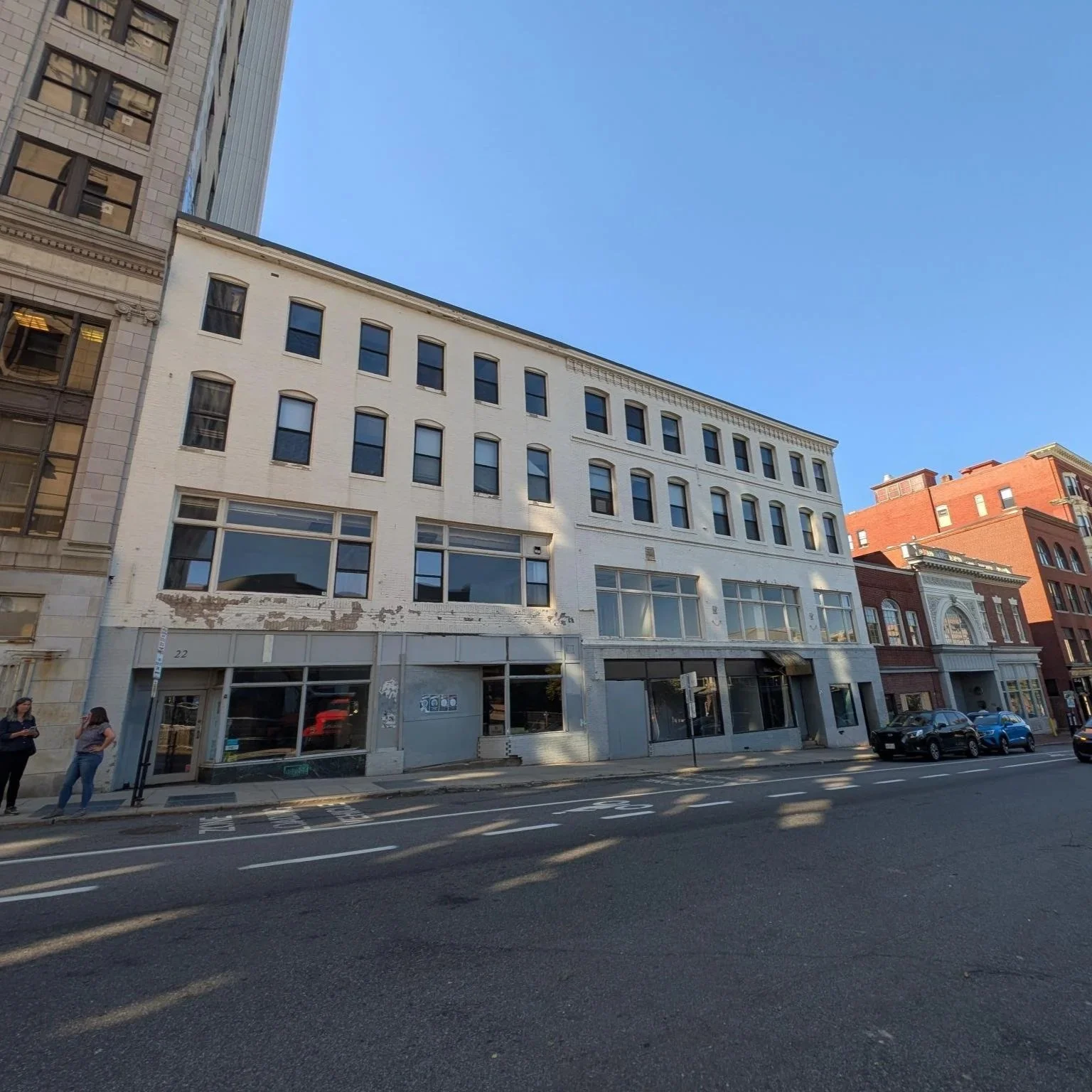Preservation Starts H E R E
Housing Access:
GPL supports the preservation and creation of a variety of housing types to meet the needs of every resident at various stages of life and income level.
We support ADU (Accessory Dwelling Units) to better utilize our existing infrastructure and provide income opportunities for homeowners, the ability to age in place, and the option to house relatives like grandparents or adult children.
We support adaptive reuse of older and historic buildings into housing to maintain the functionality of these buildings and provide mixed-use opportunities.
We support the construction of new housing that reflects the character of its context and embraces best practices of urban design, allowing for cultural expression, gathering spaces, and a high quality of living for all.
We support investing in existing houses as NOAH, or Naturally Occurring Affordable Housing, because studies show that upgrading existing units is more cost effective than demolishing housing to build newer, often smaller and more expensive units.
We support well-designed adaptations of older and historic housing to be fully accessible to all and equipped to handle the impacts of climate change.
Equity, Diversity, and Inclusion:
GPL is committed to telling the full story. Much of our history that survives through the generations is connected to place, so the places we preserve and how we interpret them matter.
We believe that understanding our shared history, uncovering injustices, and revealing mistakes makes us stronger and empowered to not only make better decisions in the future, but to counter narratives that falsely represent the American experience.
We believe that historic preservation has not always been inclusive of all voices and many meaningful places and stories have been lost because of the lack of representation in decision-making.
We aim to partner, learn, listen, and grow as an organization to tell a fuller, richer story through the places we advocate to protect and celebrate.
We aim to uplift and empower those who have not had a seat at the table, and to make space for different perspectives, lived experiences, and priorities in the work that we do.
Representative Development
The work of historic preservation today is less about keeping places the same and more about managing how they change over time. Our neighborhoods have continuously evolved into dynamic, vibrant hubs and to protect their sense of place and enhance their livability it is important that future change is intentional.
We believe that development should be driven by the community, to serve the community. Collaboration leads to stronger communities.
We believe that context matters and that buildings do not exist in isolation- they impact everything around them as one thread of a larger tapestry.
We aim to broaden the circle to include more voices in how our neighborhoods change, what new buildings should look like, what places or characteristics should be preserved, and how these changes make greater Portland the best version of itself.
We aim to educate and empower residents to understand the process, connect with local leadership and other neighborhood advocates, and to advocate for best policies and practices. Residents should play a proactive role in development, and GPL strives to make this a more inclusive, accessible conversation.
Environmental Action
Building reuse is climate action. With a rapidly changing climate, it’s crucial that we take all actions possible to slow and reverse the damage. We know that the construction industry is a leading contributor to climate impacts, and embracing historic preservation is a large part of the solution towards a more sustainable planet and healthier lifestyles.
We support the reuse of existing buildings over demolition and new construction to not only reduce the amount of materials that end up in landfills, but also to reduce the significant amount of waste associated with new construction.
We support deconstruction over mechanical demolition when buildings do come down so that viable materials can be reused. Existing structures have embodied carbon and are often “greener” buildings when properly maintained and upgraded than new buildings. Studies show that the average single-family home in America, when demolished, creates about the same amount of waste as the average American in their entire lifetime. Building reuse IS climate action!
We believe that landscape preservation is critical. Older and existing structures are often on larger lots with more open space and porous surfaces leading to greater water absorption and reduced erosion and flooding, especially in urban cores. Also, these lots tend to have larger tree canopies which improve air quality and reduces heat-island effects in our warming climate.
We believe that historic preservation promotes a healthier lifestyle. Studies show that city blocks with older and historic buildings tend to have more mixed-uses and are more walkable, making it possible to be less reliant on cars, reducing air pollution and promoting healthier lifestyles for residents.
We aim to advocate for thoughtful design that embraces elements such as articulated storefronts and activated first floors, wide sidewalks with ample green space, quality architecture and materiality, and urban realm improvements. Walkable communities are livable, mixed-use neighborhoods that prioritize the pedestrian realm, are safe and welcoming for all, are designed to be human-scaled, are comfortable in every season, and thoughtfully consider how different users interact with space.


